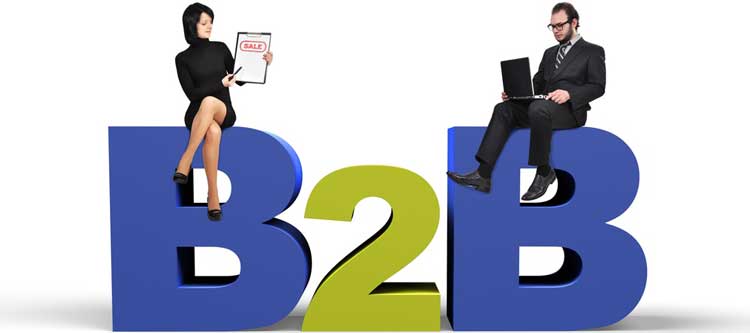Although writing for consumers may be more fun and light, the reality is that a lot of the content on the web is destined for a business audience. Even though one person can be both a consumer and a business person, when they are at work they want business solutions and content that speaks to their professional needs. Here is what you need to know to hit the right notes for a B2B audience.
1. Finding the Right Target
Content marketers know all about finding and targeting the right audience, but zeroing in on the right person for your B2B content takes a bit of extra insight. You need to know more than just the industry that you are writing for; you also have to know whether your content is destined for decision makers or those that influence decision makers, and how high up the ladder the reader is.
For example, if you are creating content for a software company that focuses on a new accounting program, you need to know whether you are writing for the CEO, the head of accounting, or an entry level software support specialist. While the head of accounting would want to know specific details of the program that will make her life easier, these concepts will probably be unfamiliar to the CEO who just wants to know the cost benefits, or to the support specialist who wants to know how this will work on their current network and desktop hardware.
2. Language is Everything
Many of the concepts that you will discuss in B2B content is the same as content intended for consumers, but the wording is different and choosing the wrong words can set the wrong tone for your piece. For example, homeowners worry about electric bills while business owners worry about energy expenses. Homeowners want to keep a few more dollars in their pockets; business owners want to cut down on overhead.
The ideas behind the words are the same, but in order for your ideas to resonate with B2B readers, you have to choose words that reflect their business surroundings. You also want to familiarize yourself with any industry lingo and determine the right time to use it. For the same accounting software piece, if you are addressing the head of accounting, you'll want to know how to use terms like "AP," "AR," and "closing the month," as these are all functions that accountants use software for every day.
3. Don't Forget the Fun
Even though the purpose of most B2B content is to establish the company as a leader in the industry or to provide insight into industry products or trends, it is still human beings that are consuming the content. The trick is to keep everything clean and neutral--business casual--so you can be entertaining without being unprofessional.
Think about the last time you had to sit through a meeting. If the whole thing was just slide after slide of a presentation, and the presenter simply read the information that was already on the slide, it probably will not take long for people to start doodling, checking their phones, and nodding off. On the other hand, if the presenter is lively and tosses out an occasional joke, slogging through hours of a presentation can become almost enjoyable.
Changing Gears
Writing B2B content does not have to be completely different from creating B2C content. As long as you are able to change gears and engage a few key components that B2B audiences want to see, your messages will be well-received and do a better job of reaching their goals.






